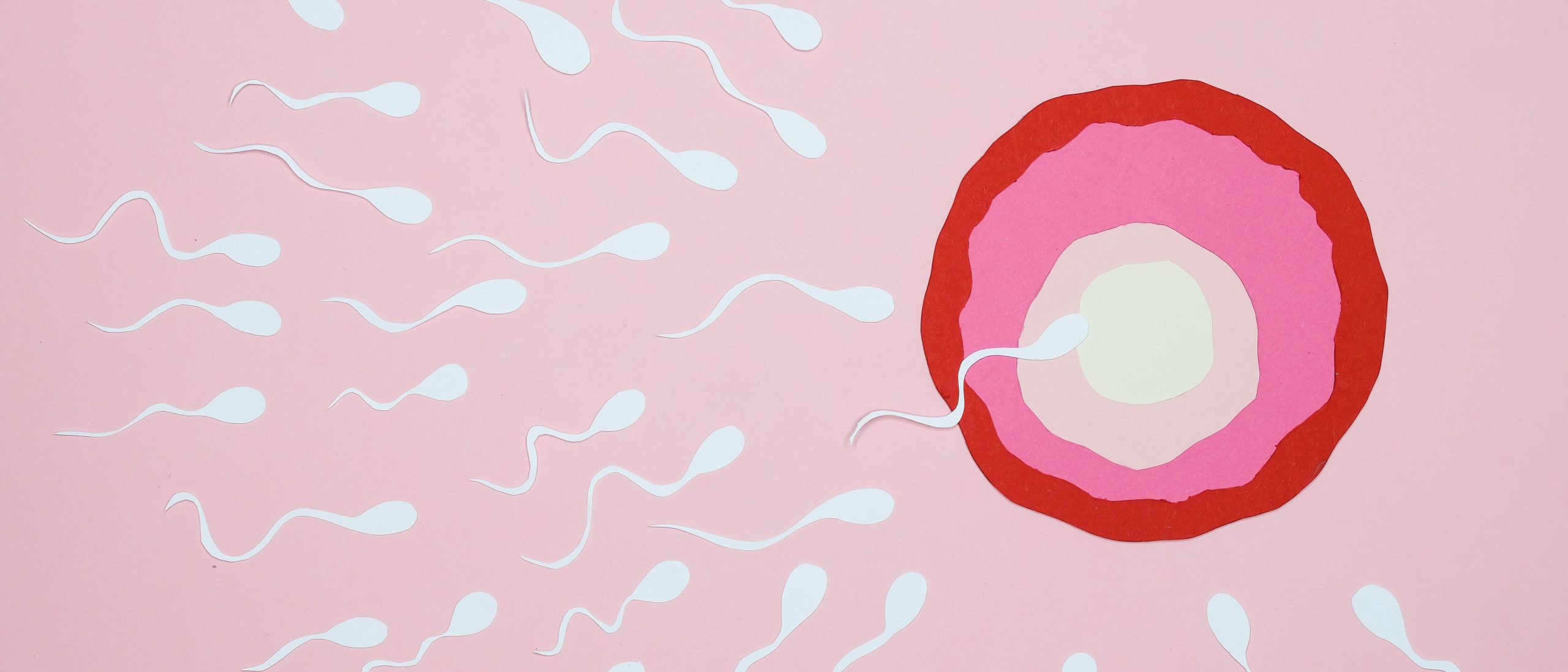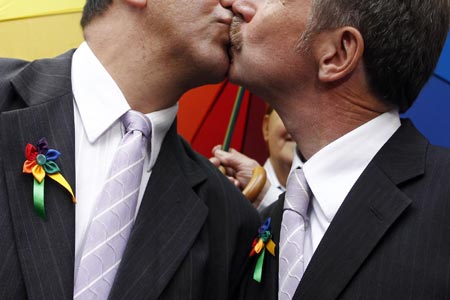Many children in Australia are born through artificial insemination with sperm from donors protected by anonymity until the child born turns 16 years of age here in Western Australia. Western Australia facilitates donor linking through both formal mechanisms which allow donor children means of finding out information about their donors for a variety of reasons including but not limited to medical history and/or contact.
There is a Central Register managed by the State Government in which both identifying and non-identifying information about people involved in donor conception is recorded. This information can be later requested by the donor conceived children once they turn of age in the relevant state.
There is a great misconception in Australia, however, that a donor cannot be the one to establish contact with a donor child.
Another misconception is that donors can maintain their anonymity in Australia. Before 2005 in all Australian states (except Victoria, who made the change in 1998) donors were anonymous, however there is a wave of donors who, at the time made their donations were told their identity would remain anonymous but are now being contacted by their biological children.
In addition to the State maintained Central Register, WA also has informal or voluntary registers which allow both donor conceived children, their recipient parents, and donors to voluntarily register their information which allows for donor linking or matches to be made where the parties involved are open to the exchange of information. Such registers sometimes include registers maintained by conceptional service providers. Donor children can only voluntarily register their information once they are 18 years of age, however, their recipient parents can register themselves or the said child prior to such time thereby allowing for donor links to occur prior to the child turning 18. This provides donors with access to information which can be used to establish contact with the recipient parents and where agreeable, the donor conceived children.
DNA databases such as Ancestry.com and others like it are also fast becoming means for donor linking in today’s age.
With the rise of donor linking in a system where donor anonymity once prevailed – one could be forgiven for wondering what legal obligations or consequences might befall a donor where donor children under the age of 16 are “matched” or linked to them?
One may further consider whether a Sperm Donor could also legally pursue parentage rights with a donor child where the recipient parents are opposed to it based on biology alone?
To answer such questions, the law must first answer; “who is a parent”?
Can a Sperm Donor be legally recognized as a Parent.
Contrary to popular belief within the Australian Public, sperm donors have the ability to legally pursue parentage rights of their donor conceived children.
In 2019, the case of Mason v Parsons and Anor established that in certain circumstances, a donor can be legally recognized as a parent to a donor child. In deciding the case, the court had regard to section 60H of the Family Law Act 1975 which ordinarily recognizes that where a woman who is married or in a de facto relationship; gives birth to a child as a result of artificial insemination, the spouse or de facto partner is deemed to be the parent, and the sperm donor is deemed not to be a parent.
Mason v Parsons and Anor however, did not turn on the above fact because the mother was single, unmarried and not in a de facto relationship at the time of the child’s conception. This was highly problematic because it was then recognized that the Family Law Act 1975 had a gap. The Act failed to address what was to occur if a child was conceived in such circumstances to a single, unmarried and non-de facto woman.
One may appreciate that at the time the Family Law Act 1975 came into effect, parliament might not have foreseen that donor anonymity would become a thing of the past resultant in such issues. Where such a gap exists, the court ought to look at legislation which deals with similar matters to help determine the correct approach to an anomaly. In Mason v Parsons and Anor, the Full Court did just that and it initially concluded that the donor did not have any parentage rights as the associated legislation relied upon supported this position. This was, however, overturned by the High Court of Australia on appeal.
The High Court of Australia decided as follows:
- They agreed that section 60H of the Family Law Act 1975 did not adequately or exhaustively address the question of who and who cannot be a legal parent to a child in such circumstances. As such they too acknowledged the gap in the law.
- The Court further determined that the word “parent” ought to have its’ natural meaning for which biology was a relevant consideration.
In their final decision in the case, the High Court further considered the role of the sperm donor in the donor conceived child’s life at the time (which in this case was quite substantial involvement).
It was clear to the Court that the donor in the matter had donated sperm with the intention of participating in the child’s life, which he had sought to do so from the very onset. His intention and subsequent participation in the child’s life were of substantial value to the final decision of the High Court to legally recognize him as a parent to the donor conceived child.
With parentage established, the donor could pursue orders regarding the child under Family Law.
Conclusion
The matter of Mason v Parsons and Anor has recreated the legal landscape where sperm donors and donor children are concerned. On the face of it, sperm donors can pursue parentage rights and other such orders in relation to donor conceived children.
The criteria borne of the High Court’s decision in the matter, creates a great deal of uncertainty for donor parents who wish to pursue a relationship with their donor children under the age of 18, but similarly, for recipient parents who may not wish for a donor to have such legal recognition.
It is very clear however, that the intention of the parties prior to conception, and the donor’s participation in a donor conceived child’s life are both substantial considerations by the Court when such application or question arises.
The potential for such dispute can be addressed and mitigated by recording the parties’ intentions regarding a donor child prior to donation sperm and/or the conception, especially in circumstances where the donation is to be made between parties known to each other.
Should a dispute result, regardless of whether such mitigation was attempted or not, it is important that the parties seek legal advice prior to making any concessions and/or agreements be it as the donor or the recipient parents.
We note that given the weight given to the donor’s participation in the child’s life in Mason v Parsons and Anor recipient parents may want to preserve their position by not contacting the donor. It would also be best not to volunteer information to both formal and informal registers noting that there is no obligation for recipient parents to do so for both themselves and/or the donor conceived child.
If you are considering artificial insemination whether as a donor or recipient parent, it is pertinent that you obtain legal advice. Please do not hesitate to contact our Family Law Team for their assistance, for this or any other family law queries.
About the Authors: This article has been authored by Caroline and Jacqui. Caroline Maradzika is a family law solicitor specialising in parenting and property matters. Having been admitted in 2017, she also practices in the Magistrate’s Court particularly in Family Violence Restraining Order matters. Jacqui is a Perth lawyer and director at Lynn & Brown Lawyers. Jacqui has over 20 years’ experience in legal practice and practices in family law, mediation and estate planning. Jacqui is also a Nationally Accredited Mediator and a Notary Public.













